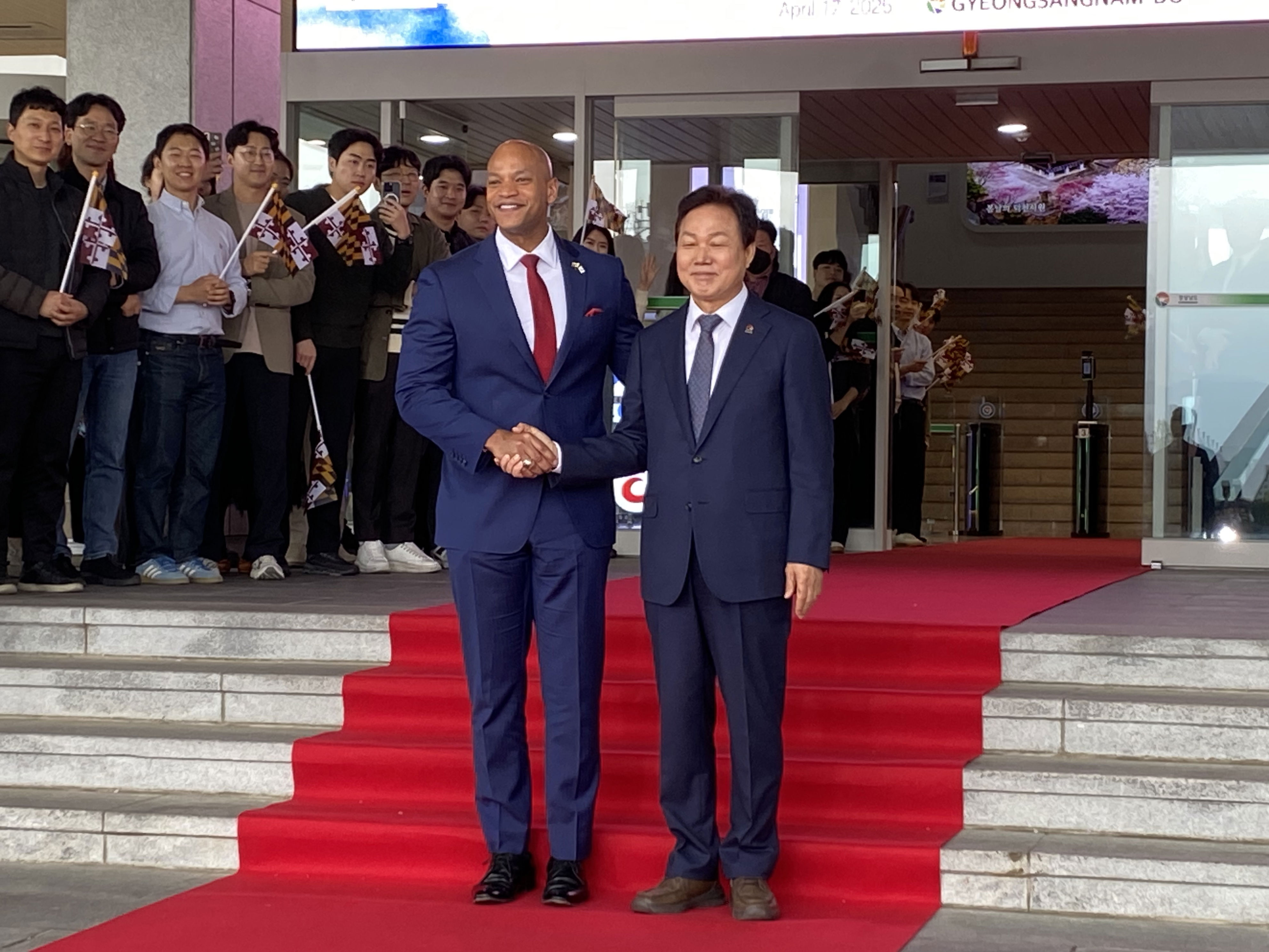
Governor Wes Moore’s International Trade Mission to Japan and South Korea
Governor Wes Moore’s recent international trip to Japan and South Korea, aimed at boosting Maryland’s economic growth, came with a significant price tag. According to a review of financial records by The Baltimore Sun, the six-day mission cost Maryland taxpayers approximately $322,000—roughly $72,000 more than initially estimated. This figure includes expenses for air travel, accommodations, and various other logistical costs associated with the governor's visit.
The trip featured a 19-person delegation, many of whom traveled in business class, costing about $120,000. Hotel stays totaled around $94,000, with average nightly rates of $670 in Tokyo and $400 in Seoul. These high costs were attributed to the need for luxury accommodations and extensive travel across both countries. Some officials, such as Secretary of Commerce Harry Coker, Jr., incurred flight costs exceeding $19,200 each, while others had more modest expenses.
Moore and his team engaged in a wide range of activities during the trip, including meetings with Japanese and South Korean business leaders, participation in seminars, and even a visit to a fighter jet hangar. The goal was to explore new economic partnerships and investment opportunities that could help reverse Maryland’s sluggish economic growth.
A Success in Building Relationships
Despite the high costs, Moore and his staff described the mission as a success. Several agreements with foreign partners were announced, and numerous discussions were held to foster future collaborations. However, no major investments have been secured yet from these conversations.
Experts note that such trade missions often yield results over time, rather than immediately. While some deals may be announced publicly, many are built through long-term relationships that take months or even years to materialize. Moore emphasized that the trip would lead to “tangible returns on investment” within months, but no significant announcements have followed since the trip.
One ambitious project that Moore supported during the trip—a high-speed magnetic levitation (maglev) train connecting Washington, D.C., to New York—was recently abandoned after the Trump administration withdrew its support. This setback highlights the challenges of securing federal backing for large-scale infrastructure projects.
Deliverables and Future Prospects
Moore’s office provided a list of “deliverables” from the trip, which included preliminary discussions with 50 South Korean firms and 10 Japanese firms about establishing offices in Maryland. Additionally, 10 Maryland-based companies were connected with potential export leads, and several investment opportunities were identified in sectors like quantum technology and life sciences.
The renewed “sister-state” agreements between Maryland and both Japan and South Korea played a key role in these discussions. These partnerships were further strengthened by Moore’s announcement regarding IonQ, a College Park-based company expanding its quantum computing work into foreign markets.
“Deals and key outcomes can take months if not more than a year to show tangible results,” the statement from Moore’s office noted. It also highlighted the engagement of over 100 Japanese and South Korean businesses, higher education institutions, and advocacy organizations through meetings and events during the trip.
Additional Costs and Expenses
Beyond flights and hotels, the trip involved other significant expenses. Transportation for the delegation, including van services in both countries, added approximately $29,800 to the total cost. Hosted meetings and receptions, which included elaborate food spreads, accounted for another $20,000. Interpreters and photographers were also paid, totaling about $9,300.
The state covered these costs through the budgets of the Department of Commerce, the Department of Transportation, and the governor’s office. However, the final tally did not include expenses for Moore’s security detail, which were handled separately by the Maryland State Police.
Variety of Expenses
Itemized receipts revealed a range of additional expenses, including gifts such as pewter bowls, engraved serving trays, and custom pins. The secretary of state’s office spent $2,400 on challenge coins and display cases, some of which were presented as gifts during the trip.
Most members of the delegation did not request reimbursement for meals or other personal expenses, so individual food costs were not listed for most travelers. However, some reimbursements were made for specific incidents, such as a $1,026 dinner tab in Korea and airplane wifi charges.
Deals Coming?
Moore’s trip occurred amid a challenging legislative session, where he faced a $3.3 billion budget deficit and years of slow economic growth. His focus on reversing this trend became his “North Star.” Despite this, no direct link has been established between the trip and any new investments or job creation in Maryland.
However, one agreement was announced in July involving IonQ and the Korea Institute of Science and Technology Information, which is expected to support work in South Korea. Other opportunities for exporting Maryland-based work and importing foreign investments are still being developed.
The maglev project, which Moore supported early in his tenure, remains stalled due to lack of federal backing. U.S. Transportation Secretary Sean Duffy stated that the project lacked the necessary planning and execution to succeed, despite Moore’s earlier enthusiasm.
Overall, the trip underscores the complexities of international economic development and the long-term nature of such efforts. While immediate results may be limited, the relationships and groundwork laid during the mission could lead to significant benefits for Maryland in the future.
